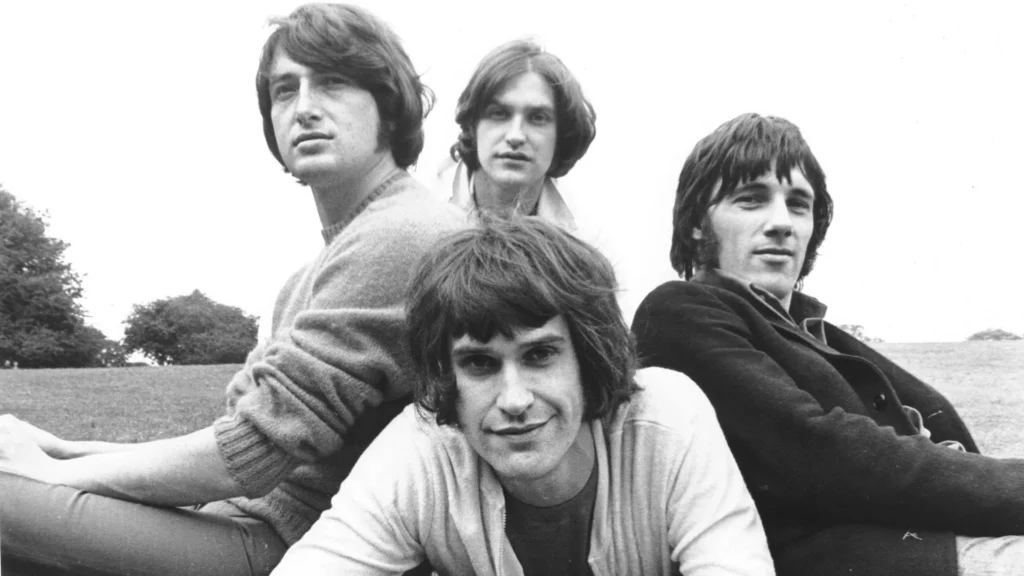
Music nerds love ranked lists. Music nerds love thoughtful commentary. Music nerds love carefully curated playlists. Catalog Crawl provides all of these things and more. In these features, Strange Currencies takes an exhaustive look at the discographies of our favorite artists – the ones who reside at the core of our music obsession.
Few bands seem to invite fanatic devotion more than The Kinks: the Muswell Hill, London quartet that broke through to international fame with 1964’s scorching, punk- and metal-predicting “You Really Got Me,” and followed that success with a string of increasingly idiosyncratic singles that established Ray Davies as one of the premiere songwriters of his generation.
By 1966, Davies’ knack for miniature pop masterpieces began yielding albums that rivaled those of any of the group’s British contemporaries. From that year’s Face to Face through 1971’s Muswell Hillbillies, The Kinks released six classic LPs, and while the band’s commercial prowess was easily eclipsed by the likes of The Rolling Stones and The Who, their creative capacity was surpassed by only The Beatles.
Alongside Davies in the classic incarnation of The Kinks were his younger brother Dave (guitar), Pete Quaife (bass), and Mick Avory (drums). The combustible fire that kept The Kinks in constant motion was arguably the contentious relationship between the Davies brothers. While the band had originally hit the scene as something of a partnership, their breakthrough singles catapulted the elder Ray to a position of uncontested leadership. Dave would continue to contribute increasingly excellent material, but Ray would remain the group’s creative focal point.
This dynamic would become increasingly apparent during the band’s hit-or-miss tenure with RCA Victor. Signed to the label for the release of Muswell Hillbillies, Ray would lead the band through a series of poorly-received conceptual projects throughout the mid-seventies. A subsequent partnership with Arista would prove rejuvenatory, as the band regained commercial favor during the late-seventies, and scored a late-career hit with the nostalgia-minded “Come Dancing” in 1983.
By this point, the lineup stability that had guided The Kinks through their sixties-era “golden age” had given way to frequent personnel shifts. Quaife had left the group in 1969, and while Avory stuck with the band through many lean years, he departed The Kinks in 1984. Despite the fractious nature of their relationship, the Davies brothers kept The Kinks active until 1996, three years after the release of their final record, 1993’s Phobia.
Arguably taken for granted during their thirty-plus-year existence, The Kinks would endear themselves to new generations of fans after their breakup. The group’s biggest hits (“You Really Got Me,” “All Day and All of the Night,” “Lola,” and “Come Dancing”) would remain staples of classic rock radio, but it was during the internet era that The Kinks would become the “hip” band of the British Invasion: acts like Blur and Supergrass drew considerable influence from Davies’ wry observations of British life; the group’s music was featured in films like Rushmore (1998), High Fidelity (2000), Juno (2007), and The Darjeeling Limited (2007); Kinks songs were cleverly utilized in advertisements; in 2002 Ray Davies was honored by a tribute album that featured several prominent indie rock groups; and upon its 2004 reissue, the group’s 1968 album The Kinks Are the Village Green Preservation Society was widely celebrated as a “lost masterpiece.” In the span of a handful of years, a group that had arguably long overstayed its welcome had (quite improbably) become shorthand for cool.
If this were a different kind of piece, perhaps I’d dig deeper at just why exactly The Kinks resonated so well with this newfound audience; to keep it brief, I think it has a lot to do with my generation’s (somewhere straddling the line between ‘X’ and “Millennial’) “post-irony” sensibility. Instead, the task here is to parse the group’s extensive catalog of LPs: twenty-four records, plus the 1973 outtakes collection The Great Lost Kinks Album. Along the way, I’ll share some thoughts on each, as I rank them from worst to best.
In addition, I’m picking tracks from each album to build an “alternative greatest hits” playlist. My only criteria for this was that I had to pick (just) one song from each release, but none that appeared on four separate compilations that, together, span the bulk of The Kinks’ career: Greatest Hits (1966), The Kink Kronikles (1972), The Kinks’ Greatest: Celluloid Heroes (1976), and Come Dancing With The Kinks (1986). I’ve recreated the track lists for those four comps into another playlist linked below.
One final thought before getting to the list: though The Kinks did release several absolute classic albums, it’s possible that they are a band that is best presented in song form. After all, half of the albums on this list range from ‘bad’ to ‘middling.’ Quite often, and especially during their peak years, The Kinks relegated many of their best tracks to singles (both A- and B-sides). While some compilations have done an admirable job in presenting a widescreen view of the group’s career, no existing one really shows the full breadth of their genius. Take a song like 1965’s brilliant “See My Friends” for example. None of the aforementioned compilations included it, and, since it was not on an LP (aside from the American-only Kinkdom) it was ineligible for my list. As such, at some point in the future, you can expect the good folks here at Strange Currencies to give The Kinks the same treatment that we did for The Beatles, in crafting a group list of their top 100 songs.
That, however, is a project for another time. In the meantime, enjoy this list, and God Save The Kinks!
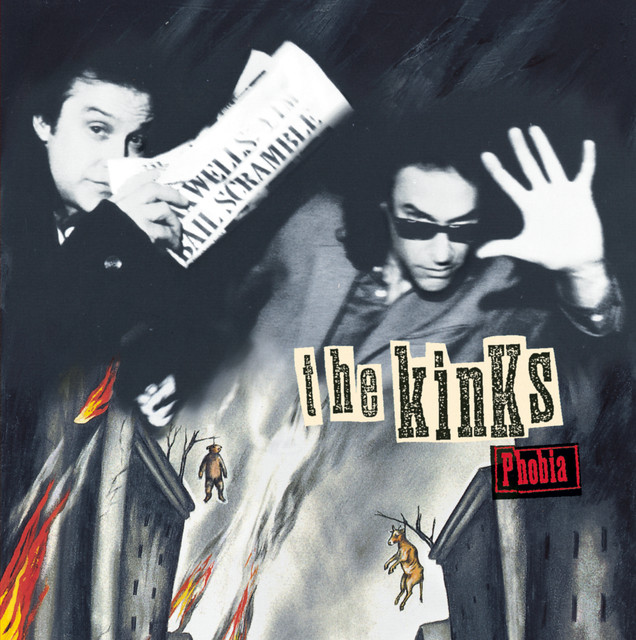
Phobia
1993
(3.8)
25
Well, you’ve gotta bottom out at some point, and The Kinks did so in spectacular fashion on their 1993 swan song, Phobia. I can’t think of a great act that left on such a sour note as Ray and Dave do here, as Phobia is an utter disaster on many fronts. First, adopting a hair metal styling in 1993 could best be described as “extremely ill-advised.” Second, at sixteen tracks and over seventy minutes, this thing is dreadfully long. Next, at least half of these songs transcend bad, and are just outright embarrassing. Finally, what in the actual fuck is going on with that album cover?
One for the playlist: The most fascinating track on Phobia is “Hatred (A Duel),” in which the Davies brothers address the infamous animosity that defined their relationship. However, that’s not my pick. The light at the end of a truly grotesque tunnel, the closing “Scattered” is a legitimate gem. The Kinks went out with an album that would take great charity to be characterized as a ‘dud’, but at least Ray Davies had exactly one good song left in him.
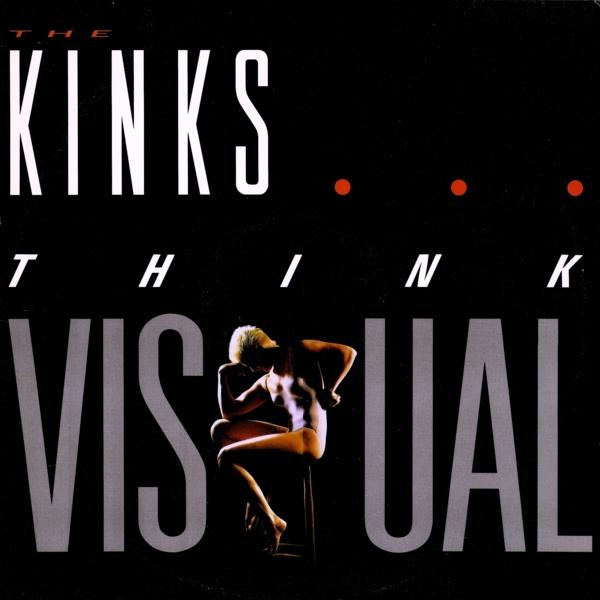
Think Visual
1986
(4.0)
24
As bad as Phobia is, it nearly meets its match in 1986’s Think Visual. By 1986, nobody expected Ray Davies to recapture the magic of his best work; nor did anyone prefer that he just attempt retreads of his glory days. However, Kinks fans should’ve at least been able to bank on something better than this limp, lifeless, and hopelessly out-of-touch mess of an album. Notably, Mick Avory makes his last appearance here, but only on Dave’s abysmal “Rock and Roll Cities,” which may just be my least favorite Kinks song.
One for the playlist: Nothing here is good, per se, but at least the opening “Working at the Factory” isn’t terrible. It’s a damn low bar, but that’s far more than can be said for most of what follows.
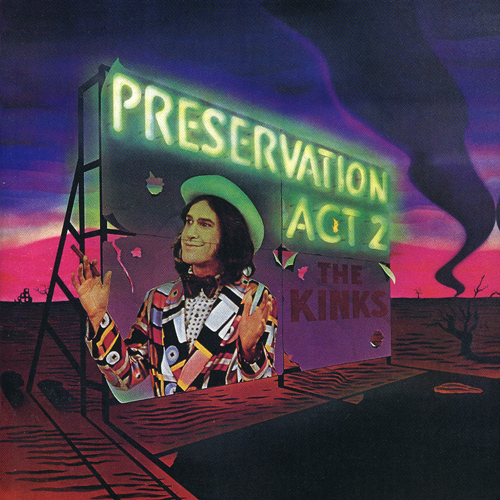
Preservation Act 2
1974
(4.4)
23
Preservation Act 2 is definitely not the worst Kinks album, but it may actually be my least favorite, based on what it represented for the band’s creative trajectory. Act 1 had introduced the concept for the Preservation project, but it was on Act 2 that the dreadfully dull plot line plays out. I’ve got no problem with concept albums; in fact, I kind of love them. The thing is, Ray forgot to actually write any decent songs for Act 2, and must’ve just assumed that fans cared enough about Mr. Flash to overlook that fact. They didn’t, and this album rightfully tanked. Just seeing the cover for this one makes me angry, but since I’m listening to “This Is Where I Belong” as I type this, I’ll be okay. Probably.
One for the playlist: Unsurprisingly, no songs from Preservation Act 2 were chosen to appear on The Kinks’ Greatest (1976). Still, that leaves me very little to pick from. I’ll go with “Mirror of Love,” because if you squint just right, it resembles the kind of pastiche that might’ve landed on an earlier (much better) Kinks album.
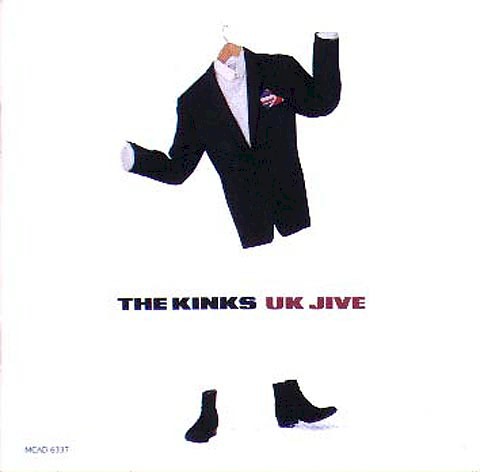
UK Jive
1989
(4.6)
22
Sandwiched between the two worst Kinks albums, UK Jive looks like a damn classic in comparison. Okay, that’s not true, but this one at least has a bit of a pulse. At times. Among the things that particularly bug me about this one is its complete lack of nuance. For a writer who had made his name on sharp character studies and richly-defined vignettes, Ray Davies sounds positively uninspired on this set of songs.
One for the playlist: Two tracks fight it out for a place on the top of the heap. The first of these, “Loony Balloon” comes off as something of a Kink-ified take on the American jangle pop/Paisley Underground sound of the mid-eighties. It’s fine, but probably a couple of minutes too long. The other, “War is Over,” borrows a sentiment from John and Yoko, but to my ears, it sounds a fair bit like XTC. It’s kind of nice to hear The Kinks take on the style of a legitimately great band that they had influenced, rather than the schlocky hard rock that defined most of their eighties output. UK Jive is the only album on this list not presently available on Spotify – which isn’t a big loss – but this track is worth seeking out.
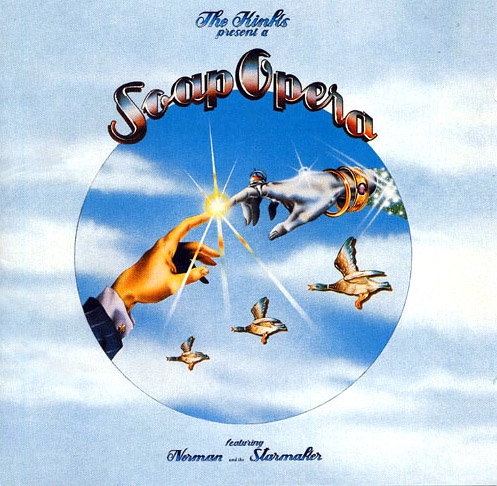
Soap Opera
1975
(5.6)
21
The elephant in the room when discussing The Kinks’ artistic decline is the outsized control that Ray Davies exerted over the band throughout their post-sixties career. Soap Opera was the third of four consecutive concept albums from the group, and the third straight in which Ray had written every single song. With the other members pushed to the margins of creative input, Ray’s uncontested vision became the band’s direction. This wasn’t exclusive to the songwriting, as Ray self-produced every Kinks album from 1967’s Something Else onward. Hearing these ambitious projects fall flat on their face – despite occasional glimpses of the brilliance that had previously defined the band – makes one wish that Ray had let another voice into the conversation.
One for the playlist: The Kinks’ Greatest included both “Everybody’s a Star (Starmaker)” and “(A) Face in the Crowd” from Soap Opera. However, for my money, the best track on the album is the understated “Underneath the Neon Sign,” which features one of Ray Davies’ best vocal takes of the era.
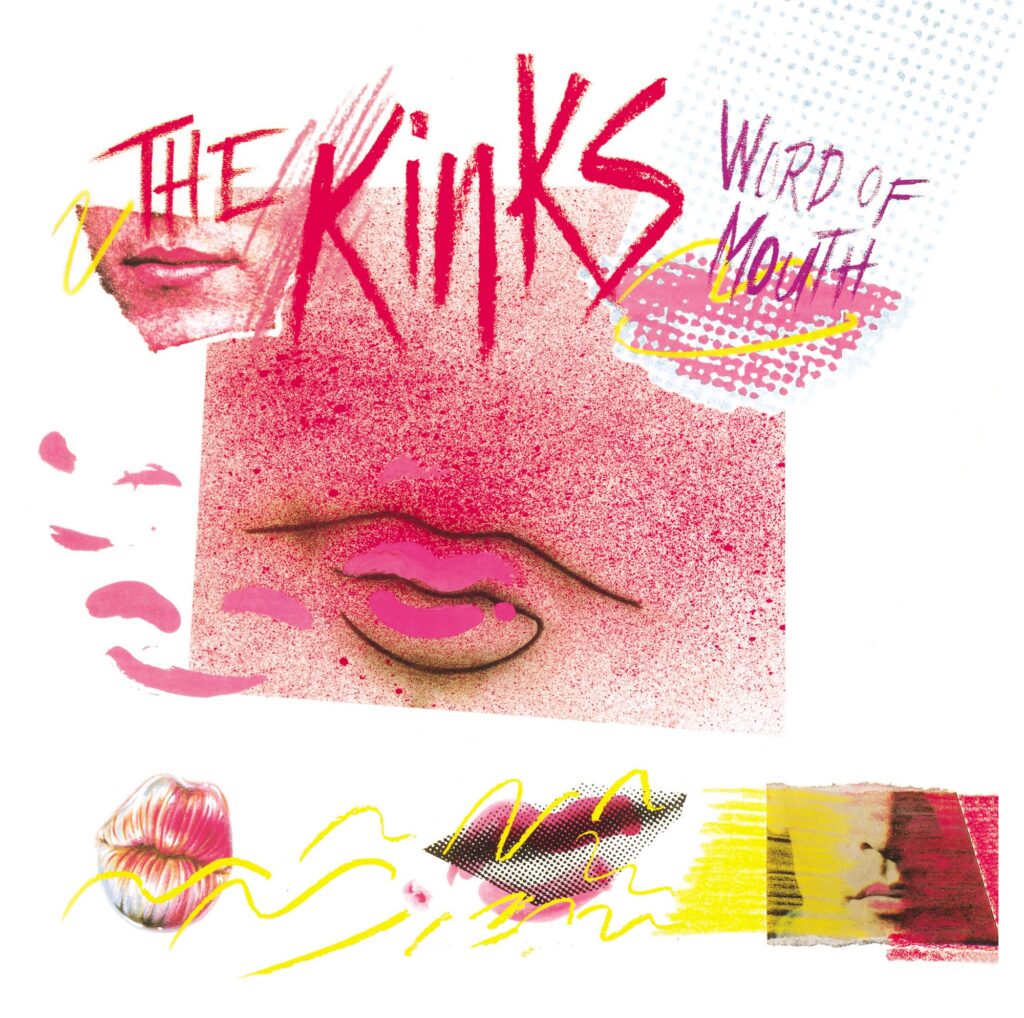
Word of Mouth
1984
(5.7)
20
While they had achieved improbable commercial success with 1983’s State of Confusion, The Kinks’ squandered much of their good fortune with its follow-up, 1984’s Word of Mouth. If I could choose one word to describe this record, it would be perfunctory. Even one of its two legitimately solid songs is called “Do It Again.” It’s almost enough to make one long for the big “swings and misses” that had described the band’s mid-seventies era. Almost.
One for the playlist: The two best tracks from Word of Mouth were chosen for Come Dancing, alongside “Good Day.” Of the ones that remain, there’s not a lot to get excited about. I’ll go with “Missing Persons” – a song whose compositional nuance isn’t totally squandered by its somewhat-overblown middle section. Plus – and at a certain point, this counts for something – it’s the shortest song on the album.
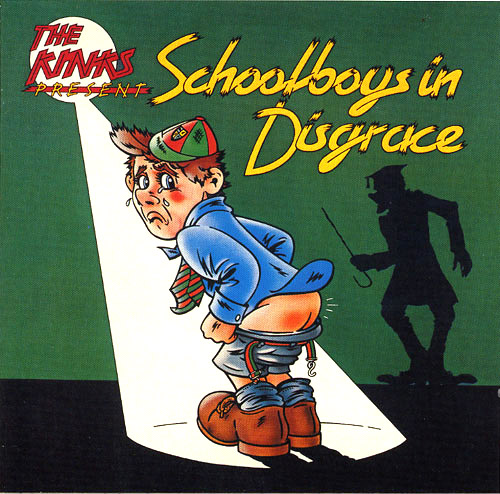
Schoolboys in Disgrace
1975
(5.8)
19
The last of The Kinks’ mid-seventies concept albums, Schoolboys in Disgrace provides the childhood backstory of the Preservation project’s villain, Mr. Flash. No, I’m not joking; and yes, there was literally nobody asking for this. With that said, despite the fact that it’s still a very flawed album, Schoolboys found the band slowly beginning to emerge from the rut that had been established on their previous pair of records. It was only an incremental step, but a step nonetheless. Oh, and that album cover is atrocious.
One for the playlist: RCA Victor found it unnecessary to include anything from Schoolboys on the “let’s cut our losses” The Kinks’ Greatest. Fortunately for me, that means that the album’s one legitimate gem, “No More Looking Back,” is there for the taking. It’s a sharp, hooky track that shows the The Kinks were not totally overmatched when working with a contemporary production style.
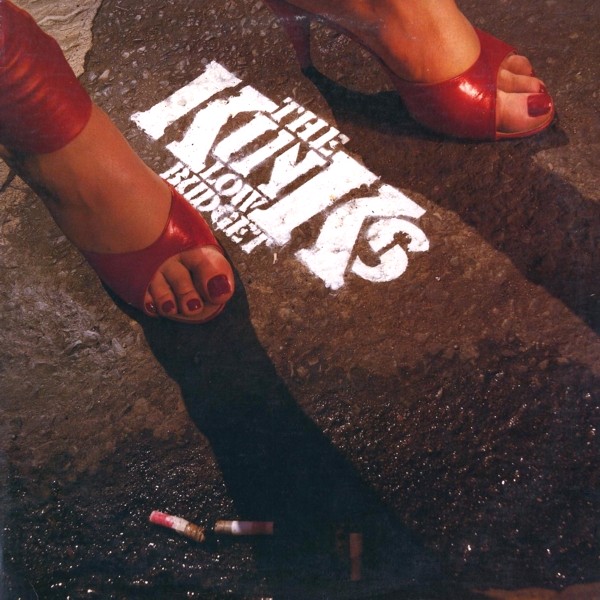
Low Budget
1979
(6.0)
18
Reflecting the troubled economic times of the late-seventies, Low Budget struck a chord with American listeners, who made it the band’s biggest U.S. chart hit to date. It largely continued the turn toward a hard rock sound that had begun with 1978’s Misfits, but several tracks find the group engaging in genre pastiches. Granted, none of these were great, but at the end of a decade that could best be described as patchy, any sign of life from the band was encouraging.
One for the playlist: With the (not exactly fantastic) singles all picked through for Come Dancing, it’s pretty slim pickings here. The melodically pleasant “Little Bit of Emotion” practically begs for me to include it, but I’m gonna go with a bit of a curveball on this one, and pick “National Health.” Low Budget‘s genre-hopping rarely works – and I’m not necessarily convinced that it does here either – but there’s an endearing dorkiness to Davies trying on a New Wave styling for a few minutes.
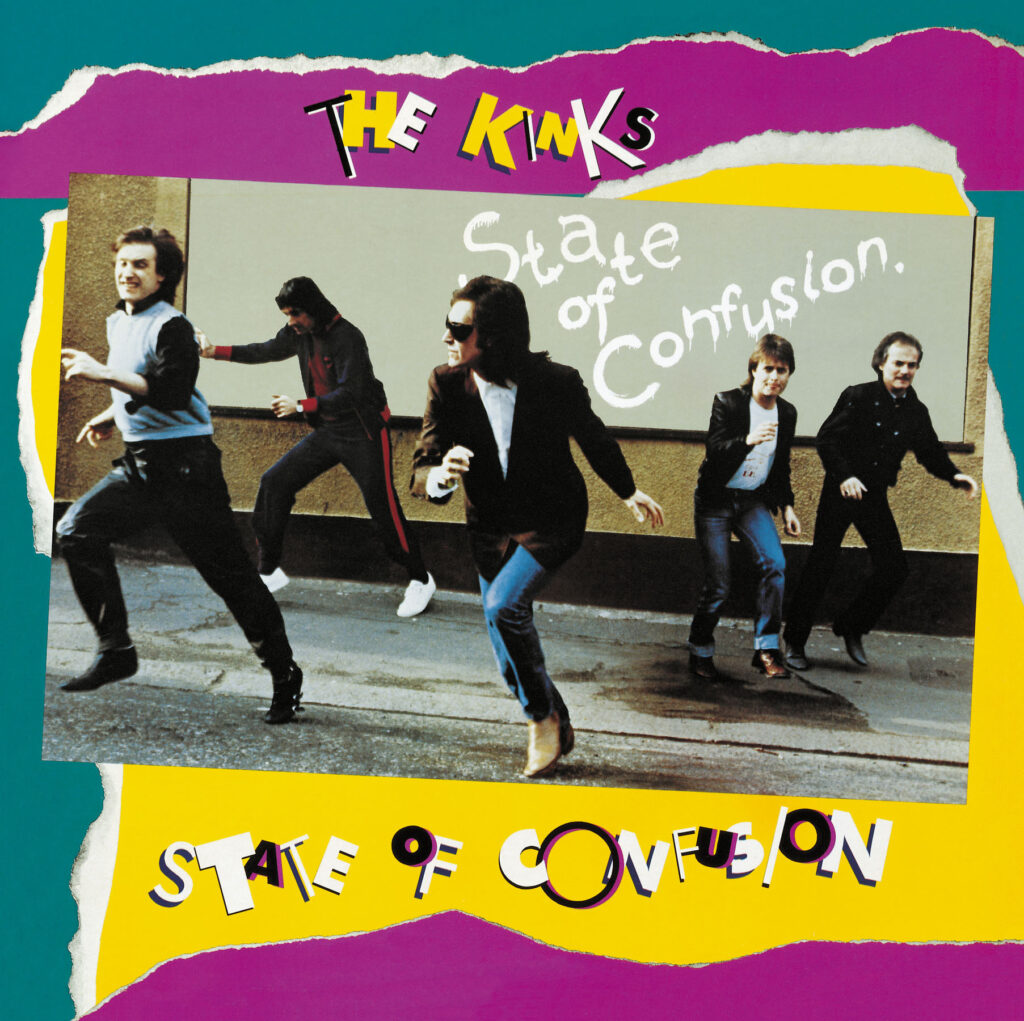
State of Confusion
1983
(6.0)
17
A surprise hit on the back of “Come Dancing,” State of Confusion was a continuation of the hooky pop rock that had defined 1981’s Give the People What They Want. Much of the production is as dated as the Saved by the Bell-predicting graphics of the album cover, but the best songs here possess an endearing charm that holds up better than Mick Avory’s track suit.
One for the playlist: The singles (“Come Dancing” and “Don’t Forget to Dance”) were both included on Come Dancing. Of what remains, the title track is a decent opener, but I’ll opt for “Heart of Gold,” which adds a nice contrast of acoustic texture to the dated production of the rest of the album.

Percy (Motion Picture Soundtrack)
1971
(6.1)
16
A fun diversion for the band? The first sign that something was amiss? The soundtrack to the largely-forgotten 1971 film, Percy arrived toward the end of the group’s classic run. When judged against the albums on either side, it can’t help but pale in comparison, but when evaluated on its own merits, Percy provides some legitimate value for Kinks fans. I’ve not seen the film – and its rating on IMDB doesn’t exactly convince me that I’m missing out – but I’ll rep for Percy as a worthy addition to the band’s catalog.
One for the playlist: “God’s Children” was an obvious pick for 1972’s Kronikles, but perhaps its oddest inclusion was the Percy lark, “Willesden Green.” Of the remaining tracks, the clear favorite is “The Way Love Used to Be,” which also appeared on 1973’s The Great Lost Kinks Album.
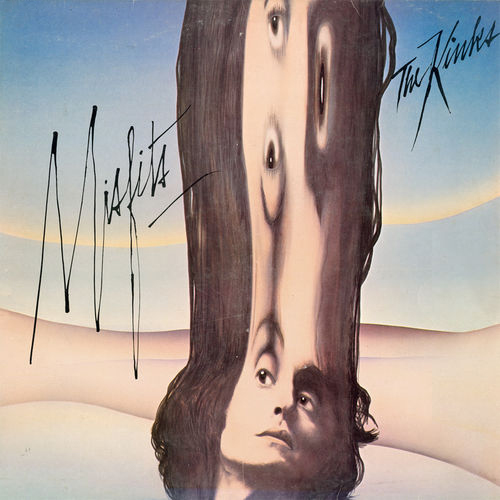
Misfits
1978
(6.4)
15
One of the most divisive albums in the band’s discography, 1978’s Misfits contains a pair of legitimate highlights in the title track, and the sappy-but-affecting “A Rock ‘n’ Roll Fantasy.” From there, it’s a bit of a mixed bag. First, this is where The Kinks really start to embrace the hard rock styling that would define much of their career to follow, and admittedly, that’s not exactly my wheelhouse. More troubling though, are some awkward attempts at social commentary. I’ll give Ray the benefit of the doubt on the well-intended-but-cringey “Black Messiah.” However, for the band that had penned one of the greatest (and most empathetic) rock commentaries on the topic of gender fluidity, it’s a bit disheartening to hear the clumsy attempts at humor in “Out of the Wardrobe.”
One for the playlist: I really don’t care for much of Misfits beyond the pair of aforementioned highlights – both of which were included on Come Dancing With The Kinks. Of those that remain, “In a Foreign Land” stands out as one of the better moments. It’s not super memorable, but given that much of Misfits is memorable for the wrong reasons, I’ll take it.
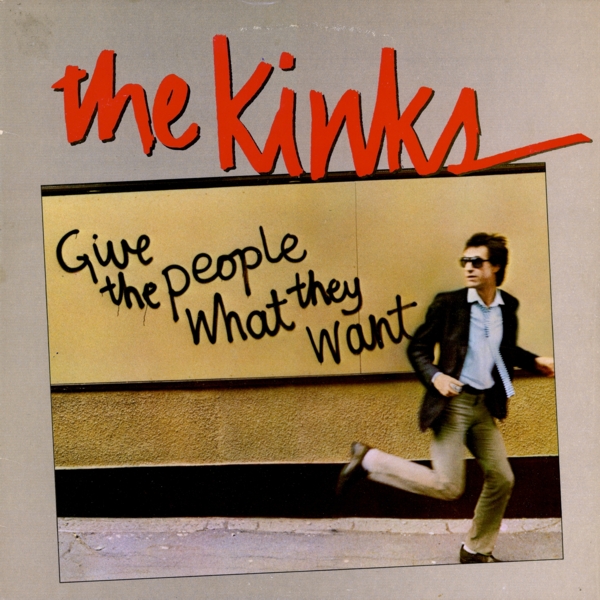
Give the People What They Want
1981
(6.6)
14
I’ve probably long since pushed away most of the Kink superfans and apologists (“dO yOu EvEn LiKe ThIs BaNd, DuDe?”), but we’re finally starting to reach the albums for which I have more positive thoughts than negative ones. 1981’s Give the People What They Want dials back some of the hard rockisms of the band’s previous pair of records, and adds a bit of new wave sheen into the equation. The better moments on this LP indicate that The Kinks probably could’ve thrived in this mode. After all, they were essentially one of the inventors of power pop, right? While we’re here, I might as well admit that while “Destroyer” is dorky as fuck, I kind of love it anyway.
One for the playlist: The two best tracks on Give the People What They Want (“Better Things” and “Destroyer”) were picked up for Come Dancing. That still leaves a worthy inclusion in the opening “Around the Dial,” which manages to simultaneously recall Ramones, while seemingly anticipating The Replacements.
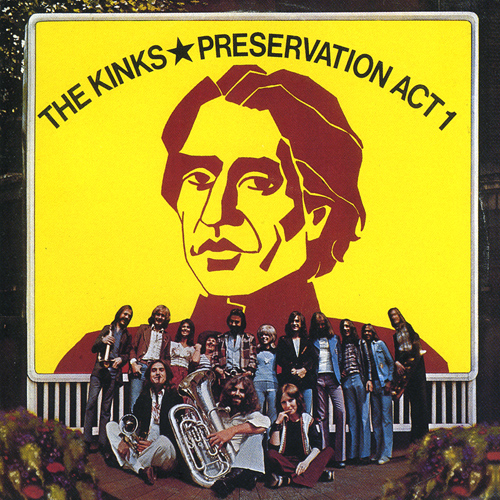
Preservation Act 1
1973
(6.8)
13
As the old adage goes, some people would use a time machine to meet their great-great-great-grandfather, and some would use it to kill Baby Hitler. I would probably use it to try and stop Ray Davies from engaging in the Preservation project. Okay, I probably wouldn’t. After all, Preservation Act 1 is actually pretty decent. I mean, it’s definitely not great, or maybe even good, but it does have “Sweet Lady Genevieve,” which makes up for at least a few more songs about Mr. Flash.
One for the playlist: It’s pretty surprising that “Sweet Lady Genevieve” didn’t make the cut for The Kinks’ Greatest, as – for my money – it is the best post-golden era song from the band. It’s the clear highlight from a decidedly hit-or-miss record.
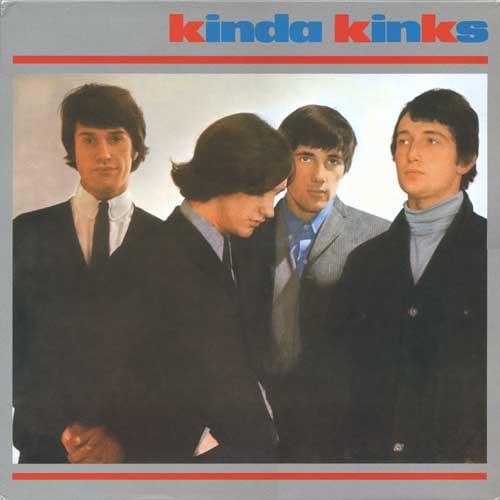
Kinda Kinks
1965
(7.0)
12
Oh, fuck yeah! This is more like it! In all honestly, I prefer the contemporaneous early singles from The Who, but man, the best of the early Kinks recordings scratch that same itch. Thing is, like The Who, at this point The Kinks were putting a lot of their best stuff out on singles, and padding their albums with some pretty obvious filler. Still, there’s some fantastic energy here, and at least three legitimately great songs. As long as you’re not judging them by the standard of The Beatles, The Kinks were ahead of most of their contemporaries.
One for the playlist: Featured brilliantly in Wes Anderson’s Rushmore, “Nothin’ in the World Can Stop Me Worryin’ ‘Bout That Girl” has since become not only a fan favorite, but a gateway track to Kinks fanaticism. At least it was for me; I bought a Kinks compilation shortly after seeing the film in the summer of 1999, and haven’t looked back since.
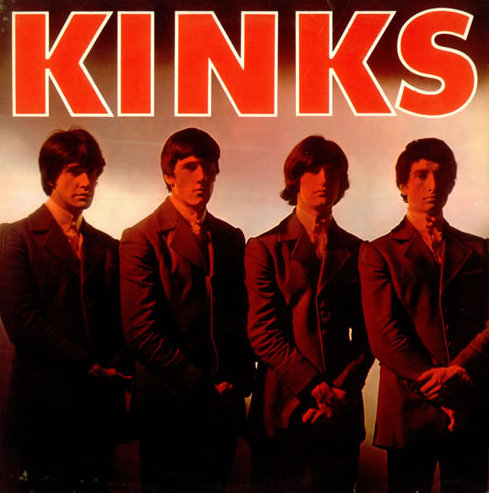
Kinks
1964
(7.1)
11
Very much of a pair with Kinda Kinks, Kinks is a solid debut from a band that would experience exponential growth as album artists over the next couple of years. For now, the fact that they gathered a handful of classic songs alongside some worthy supporting material was commendable, given that the pop music world was still very much revolving around the single.
One for the playlist: Largely forgotten (until it became a modest hit as The Pretenders’ first single), “Stop Your Sobbing” is a charming early glimpse of Ray Davies’ developing songwriting. While nowhere near as nuanced as the work that he would build his legend on, the track’s catchy refrain and nods to early rock (it’s always reminded me a bit of Fats Domino) make it a keeper.
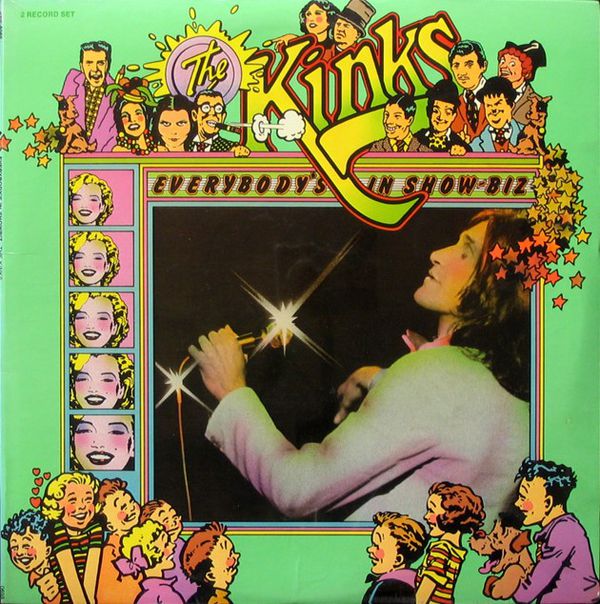
Everybody’s in Show-Biz
1972
(7.5)
10
Pro tip: Consider the second disc of Everybody’s in Show-Biz to be a bonus disc. Really, it’s just there to drive home the road-weary themes of the actual album; themes that are alternately handled with seriousness and humor, and almost always with nuance. Of course, Ray Davies would return to these themes to far lesser effect, on far lesser albums (particularly Soap Opera). Still, don’t let that association corrupt what’s good about Everybody’s in Show-Biz, and understand that there’s quite a bit that’s good about Everybody’s in Show-Biz. This one is underrated by a lot of Kinks fans.
One for the playlist: The Kinks’ Greatest does well by including “Sitting in My Hotel” and “Celluloid Heroes” from Show-Biz. The next best track, “Supersonic Rocket Ship” displays some mild genre-hopping from the band, as it dabbles in calypso rhythms to augment a charming melody.
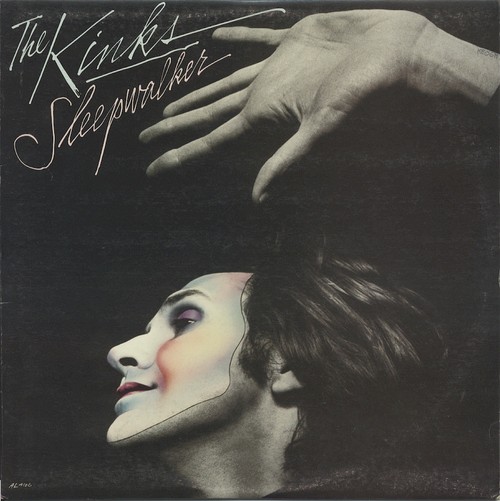
Sleepwalker
1977
(7.7)
9
Well, this one is a nice surprise. Following half a decade of severely diminishing returns, Sleepwalker is the sound of The Kinks roaring back to life. Abandoning the conceptual nature of their previous four albums, Sleepwalker found Ray Davies getting back to the basics of songwriting, and crafting the band’s best record since the early-seventies. It wasn’t a masterpiece, but after a run of records that had buckled under the weight of Davies’ outsized ambition, it didn’t need to be one.
One for the playlist: From the opening seconds of “Life on the Road,” The Kinks sound like a band reborn. There’s an energy (dare I say, vitality) to the track that surpasses anything the group had recorded in at least five years. That alone makes it worthy of inclusion, but – like most of the material on Sleepwalker – it finds Ray Davies turning in a solid piece of songwriting.
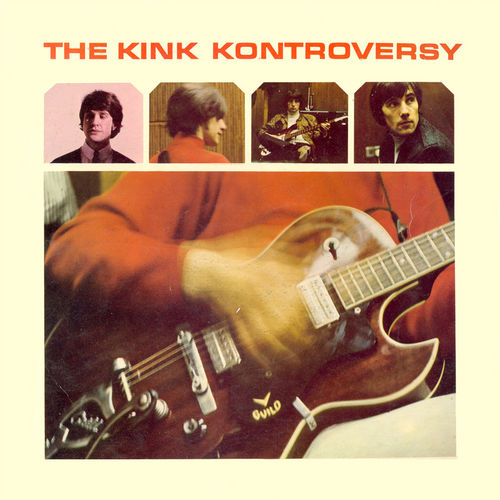
The Kink Kontroversy
1965
(8.2)
8
Many fans place the beginning of The Kinks’ run of mastery as 1966’s Face to Face, but doing so runs the risk of overlooking the significant artistic growth that took place between Kinda Kinks, and its follow-up, The Kink Kontroversy. Composed almost entirely of original material, Kontroversy was a fine offering from the Davies brothers (not to mention their increasingly dexterous rhythm section). The fact that it was surrounded by a series of outstanding non-album singles confirms that the group’s golden era was in full swing.
One for the playlist: While Ray’s “Ring the Bells” and Dave’s “I Am Free” would both be solid inclusions, the former’s outstanding “Where Have All the Good Times Gone” was an unfortunate casualty of the truncated track listing for the 1966 hits compilation. That makes its presence here a necessity.
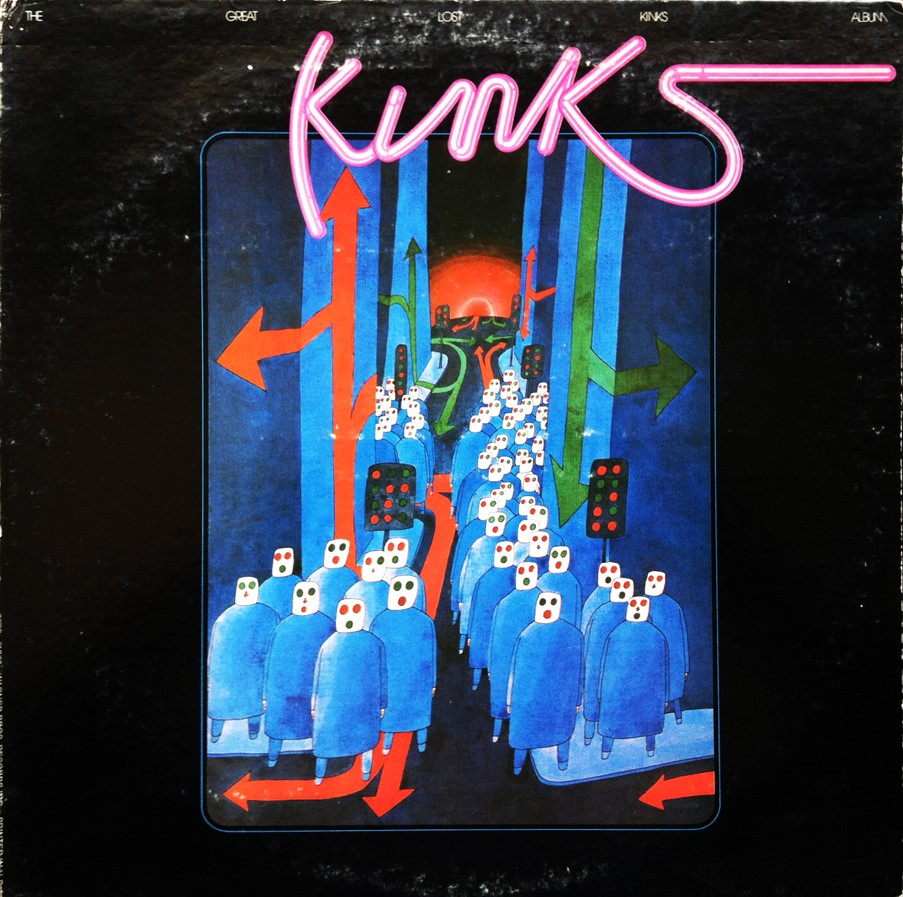
The Great Lost Kinks Album
1973
(8.3)
7
Released in 1973, The Great Lost Kinks Album is a prime example of the “ex-label revenge LP.” Cobbled together by Reprise after the band had bolted for RCA, Lost consisted of material that had been recorded during the mid-to-late sixties – much of which originated from the sessions for 1968’s Village Green Preservation Society. Though it’s not an actual album, this is a fantastic release nevertheless, as it contains some of the finest “lost” tracks from the band’s most fruitful era.
One for the playlist: There’s a wealth of excellent Village Green outtakes to pick from, but the aforementioned brevity of Greatest Hits also meant that “I’m Not Like Everybody Else” was absent. It’s one of the band’s finest songs, and an obvious inclusion.
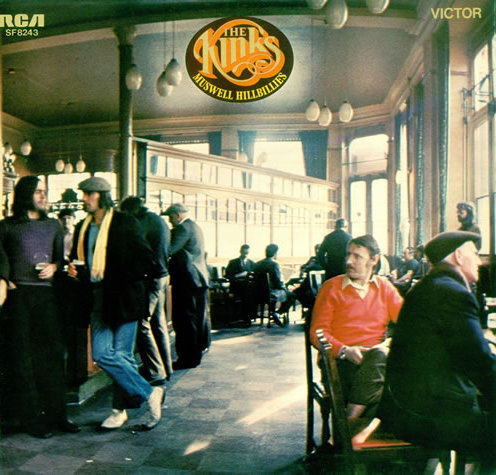
Muswell Hillbillies
1971
(8.4)
6
There’s a decent-sized contingent of Kinks fans that consider 1972’s Muswell Hillbillies to be the band’s greatest album. While I don’t agree with that sentiment, it’s certainly a worthy addition to the group’s run of classic LPs. Fans of the slashing rock of their early singles, or the baroque pop craftsmanship of their golden era, may be taken aback by the album’s sincere embrace of Americana, but it only takes a couple of listens to reveal the rich nature of these twelve tracks.
One for the playlist: Muswell Hillbillies is well represented on The Kinks’ Greatest, with “20th Century Man,” “Muswell Hillbilly,” and a live version of “Alcohol” making the cut. For my money, the best of the remaining tracks is the plaintive piano-and-accordion ballad, “Oklahoma U.S.A.” Finding Ray Davies reaching back to the compact narratives that defined peak-era Kinks, it’s a brief, charming, and surprisingly rich song.
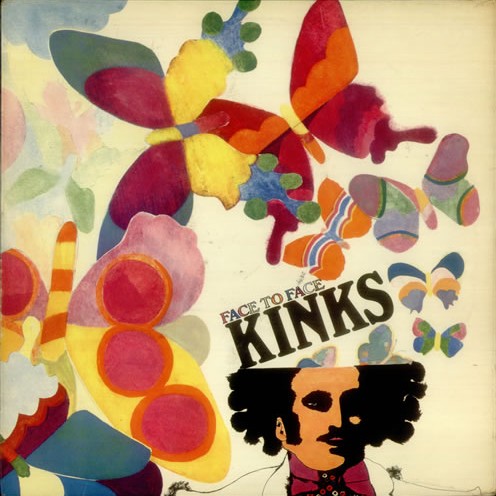
Face to Face
1966
(9.1)
5
Ray Davies had displayed brilliance in short-form as far back as The Kinks’ third single, but Face to Face represented a thrilling new phase in his development as a pop artiste of the highest calibre. Fourteen tracks of remarkable range, Face to Face was surpassed in the eclecticism department only by The Beatles’ Revolver, released just two months prior. Considering the contemporaneous tracks that were held back for singles, the depth of Ray’s writing during the Face to Face era was nothing short of staggering.
One for the playlist: Perhaps due to the inclusion of some choice single tracks from the same era, Face to Face was represented in rather slight fashion on The Kink Kronikles; and, in my opinion, one of its picks was squandered on the merely good “Holiday in Waikiki.” There are a lot of contenders here, but the fan favorite “Rainy Day in June” adds a nice bit of atmosphere to the proceedings.
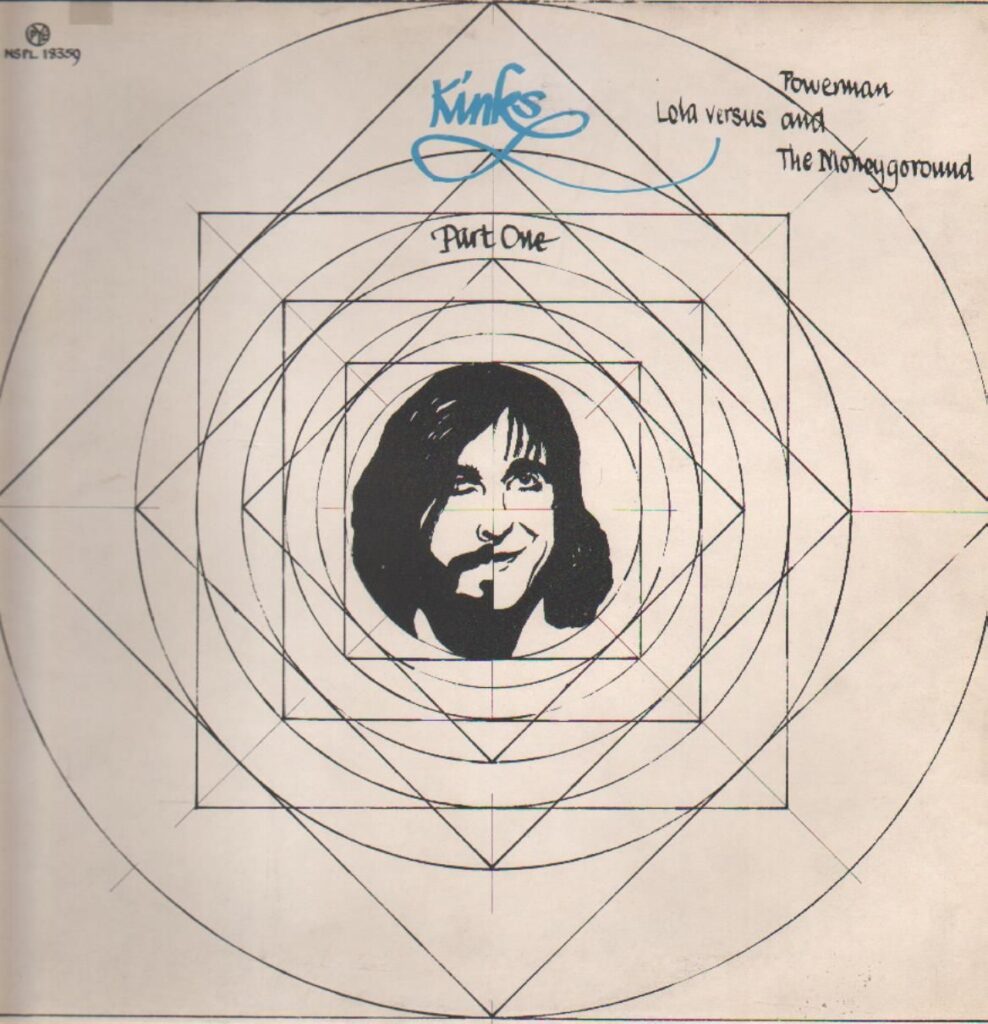
Lola Versus Powerman and the Moneygoround (Part One)
1970
(9.1)
4
The Kinks’ run of great albums did not end with the sixties. In fact, 1970’s Lola Versus Powerman and the Moneygoround (Part One) is another release that many fans consider to be the band’s high water mark. Containing no less than three of their uncontested masterpieces – and really no weak moments – Lola was both a critical and commercial success for the group, and it would usher in their return to prominence in the United States.
One for the playlist: This is the hardest choice of all. Kronikles obviously includes “Lola,” but also gives two spots to “Get Back in Line” and “Apeman.” While both are fine tracks, that leaves two of the band’s greatest songs unrepresented. It hurts to leave the utterly fantastic “This Time Tomorrow” off the playlist – especially given some of the inclusions from much weaker albums – but it would be even worse to omit Dave Davies’ finest song, “Strangers.”
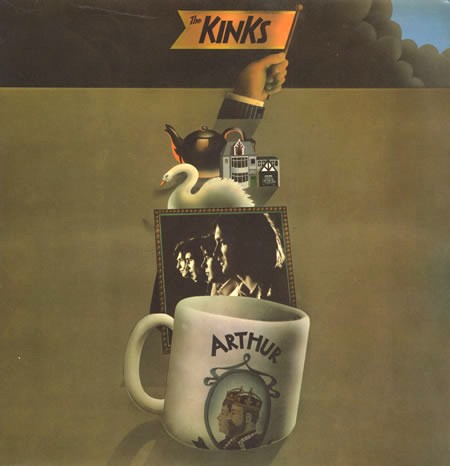
Arthur or the Decline and Fall of the British Empire
1969
(9.5)
3
Frequently cited as one of the finest concept albums of the sixties, and a favorite among contemporary rock critics, Arthur was a transitional record of the highest order. Notably, it was the first album recorded after the departure of bassist Pete Quaife. Secondly, it was largely a return to a driving rock sound, following the more ornate baroque pop arrangements of the group’s previous two LPs. Finally, it found Ray Davies moving past simply using recurring motifs to create thematic unity, and into the realm of narrative-based album construction. He would employ that approach for many future projects, but never again as successfully as he did with Arthur.
One for the playlist: Kronikles rightfully includes Arthur‘s two greatest tracks: “Victoria” and “Shangri-La.” There are plenty of favorites left to choose from, but I’ll go with “Arthur,” which ends the album on a rousing singalong, and’ll make for a fine closer to our playlist.
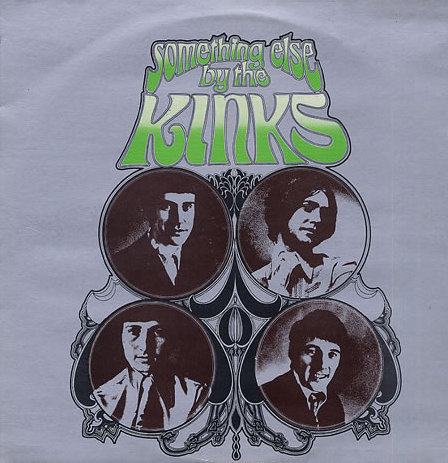
Something Else by The Kinks
1967
(9.6)
2
Nearly everything that The Kinks did on Face to Face was done better on its masterful follow-up. Released in the middle of one of the most dizzyingly brilliant years in modern musical history, Something Else inched its way toward the top of the pack, on a set of thirteen wildly creative, detailed, and irresistible pop confections. It’s a record full of highlights, all capped off by Ray Davies’ pièce de résistance: the absolutely sublime “Waterloo Sunset.”
One for the playlist: Though it’s reasonably well-represented on Kronikles, there are several excellent tracks left to choose from on Something Else. Of these, I’m going with the beautifully baroque Davies brothers allegory “Two Sisters” – one of the finest recordings from The Kinks’ greatest era.
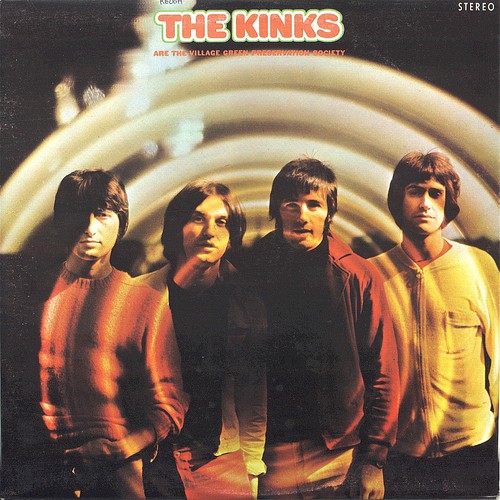
The Kinks Are the Village Green Preservation Society
1968
(10.0)
1
The first piece that I ever wrote for Strange Currencies was a review of The Kinks Are the Village Green Preservation Society. Looking back on it now, it comes off as a bit… well, green. My biggest problem with it is that I committed too fully to writing about a literal interpretation of the album. Personally, I’ve since come to view Village Green less as an album about nostalgia, and instead, as a commentary on introversion. I don’t know that I can explain that, per se. And fortunately, you don’t need to see that angle – or any particular angle – to fall in love with this album.
Village Green is, perhaps, the quintessential example of an album that works on a multitude of levels. You can take it literally, metaphorically, sincerely, or sarcastically. You can break it down to its individual component pieces, or analyze it as a glorious whole. You can obsess over the lyrics and the music. You can even play the “what if?” game, and consider how it might have looked had it appeared as the double album that Ray Davies originally envisioned it as.
What you can’t (or at least shouldn’t) do is take this album for granted. Two generations of listeners mostly did that, and as a result, Village Green took way too long to get its due as the masterpiece that it is. It’s not only the finest album in The Kinks’ catalog, but one of the fixtures of rock music’s most vibrant and creative era.
One for the playlist: One of the very few knocks against the glorious Kronikles is its weak representation of The Kinks’ greatest album. Only the title track appears on that collection, which leaves me plenty of options – too many, in fact. If nothing else, this only reinforces the fact that VGPS needs to be part of even the most rudimentary sixties pop canon. Literally any of its tracks would be worthy. I’ll just add “Animal Farm,” and hope that anyone unfamiliar with the rest remedies that ASAP.


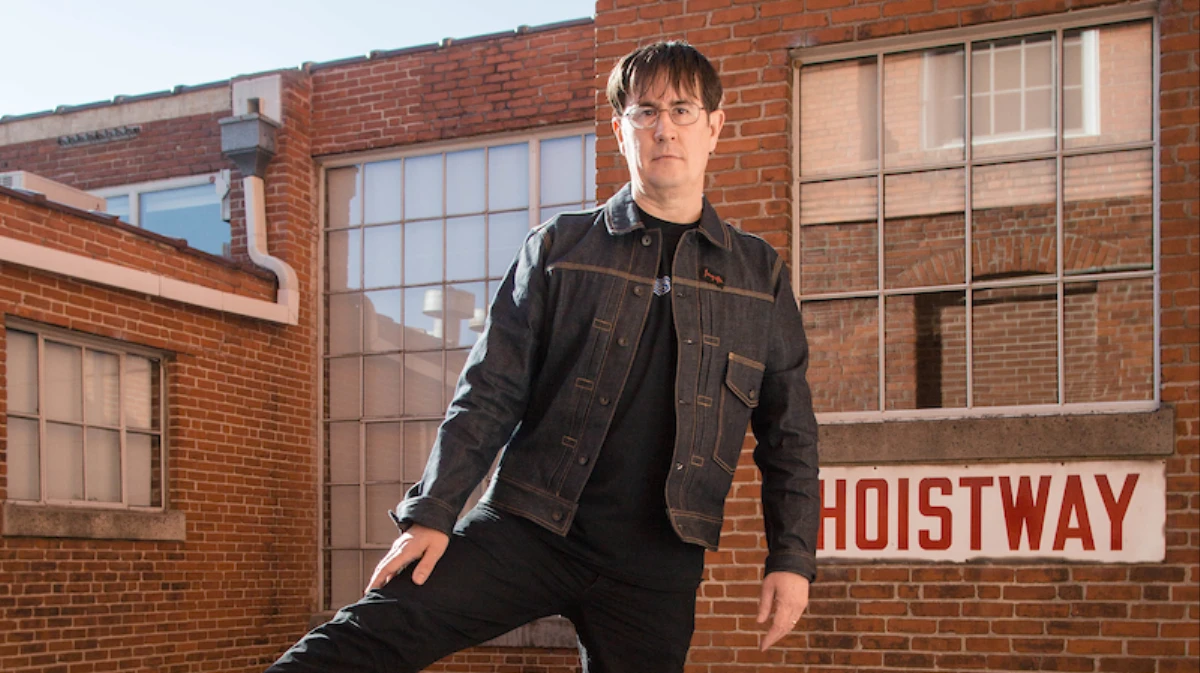
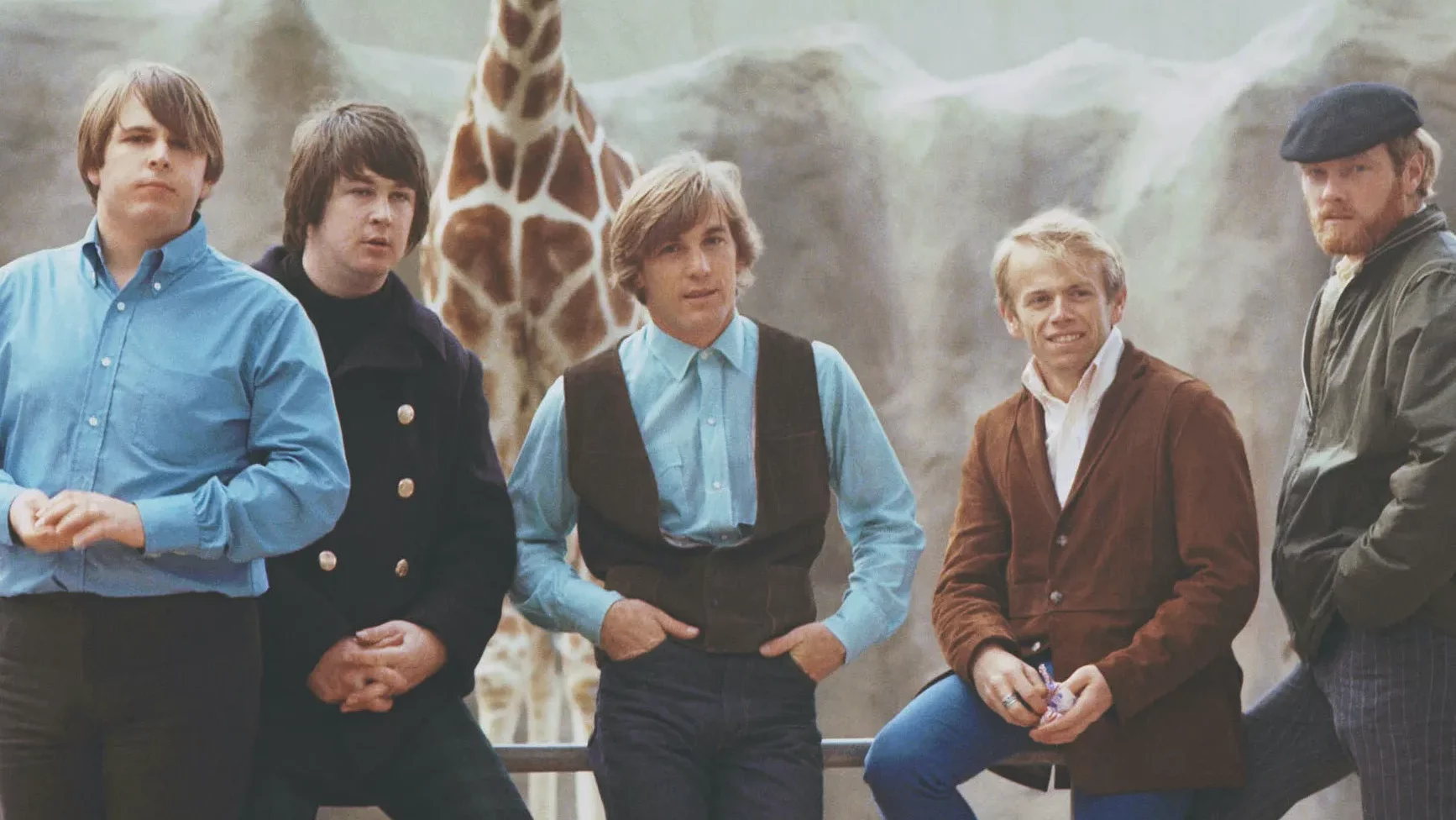
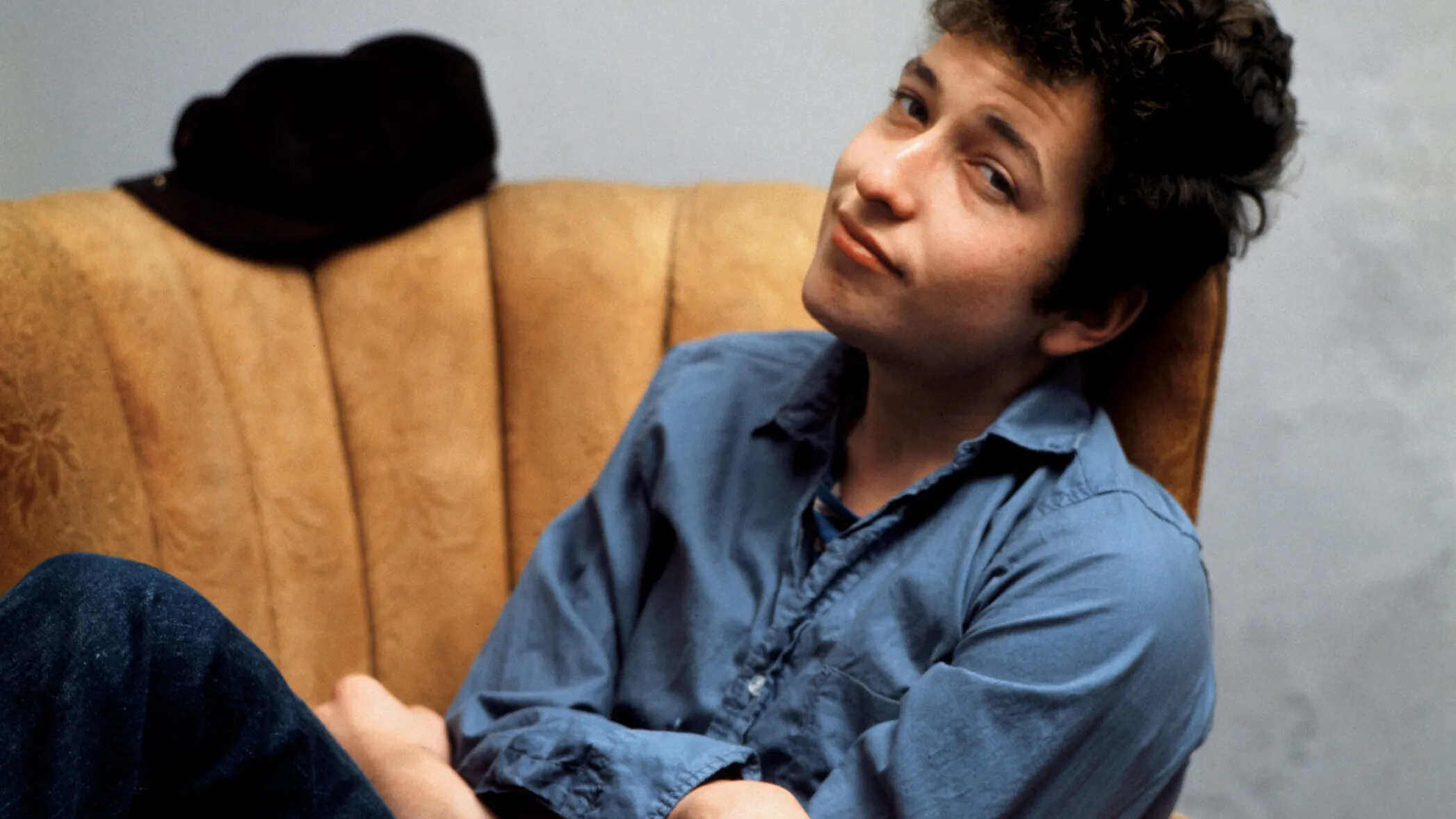
A really well thought out analysis of one of my all-time favourite bands and will have to try and read and digest it on a better place than my Android phone.I was enthralled with the Kink’s from their first hits,which I heard on my “tranny” at boarding school,Australia in the mid sixties-I was born 1951 and this was when I was 14-17.Sorry-enough of my biography.A wonderful article!!